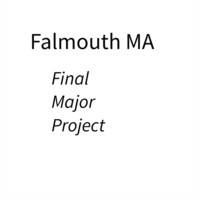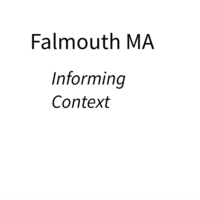Max Pinckers talk was the first talk at the Magnum Photo event ‘Navigating the Photography Art Market’. In this first talk Max provided the group with his experiences and perspective of the photography art market. The next section is my notes from the talk.
Max, 28 years old and he graduated from Art Academy Gent in 2012 and is currently studying for his PhD. His work has been published via books and at exhibitions. He mentioned that one of the challenges with exhibitions is that the shape and space is always changing which will dictate to a certain extend the amount of work that can be exhibited, exhibitions tend to be aimed at specific markets and can be perceived as an exclusive market (something that we discussed in week 8 of the Informing Contexts module.) Galleries are a commercial environment and therefore you are giving up a degree of control. Max then went on to discuss the photobook where he had the following views; the photobook is still a physical object we interact with, its size remains fixed and it is possible to distribute it to a global audience. Max felt that with the photobook you retain a greater level of control (Note: that I expect us to explore in Module 3 Surfaces and Strategies.) You can send copies of your photobook to your target audience photographers who’s work you respect in fact it can act as a calling card.
Returning to the gallery environment it is important to make connections with the right people as it is viewed a little bit like an exclusive members club. Work of a political nature can end up in the place that intends to challenge. This raises ethical challenges when using the gallery construct. There is the question of money made by the gallery vs money earned by the photographer yet the subjects of the photography might not have received any recompense when originally photographed.
There is not art without and art market
Max provided the following pieces of advise:
- Do not make compromises instead retain your integrity to be an authentic individual
- Make the right choices. Looking at longer term commitments as a gallery is investing in the artist
- Artists only gain value through recognition
- A good gallery will be looking to support a photographer over the longer term
- When selecting a gallery to represent you it is important to make informed choices; do you select a gallery that only represents photographers or one that covers all contemporary art. A contemporary art gallery will provide more freedom if you want to develop work outside of the pure photographic medium.
- The photo world is still relatively small and photo fairs are a niche within that world.
- Consider approaching a contemporary gallery that either does not have photographers or is just starting out
Max proceed to provide some thoughts on selecting a galleries to approach:
- Research who else is represented by the gallery does it align with your own work
- A gallery is going to become part of your family so they have to be people who you can work with
- Do you want to be an independent photographer and the gallery acts as your secondary market
- The gallery is your business partner so they need to understand your work
- Consider looking for a new gallery and start growing together
An alternative to the gallery route is to appoint an agent to represent you, they do not have expensive gallery space to maintain therefore their overheads are lower. The new breed of agents are also curating shows. It is possible to have multiple agents representing you in different countries.
It is important to have work you can talk about be able to contextualise your work. (Note. See entries: City Canyons and Re-seeing Childhood for contextualisation of my work.) Other things to consider:
- Agents and galleries help bridge the gap between artist and collector
- Make sure the concept is embedded in the work
- Work is critically grounded
- Supporting information is available in the form of a book or website
- Your thoughts are unique to you and they are you unique selling point.
- Create a strategy for communicating with your audience
- Have an efficient website that is quick and easy to load
- Create a newsletter to communicate work
Footnote: When I consider the work I have create during module 2 I think I am heading along a trajectory that aligns with the topics covered by Max in his presentation and with focused work over the coming modules the gaps where my practice requires development such as communication strategy can be addressed and I can work towards achieving my goal of building a sustainable practice.



